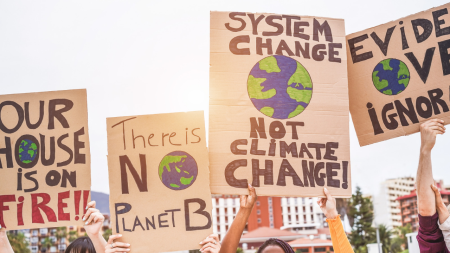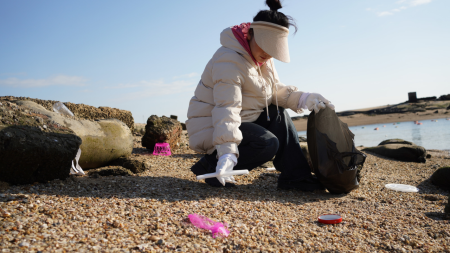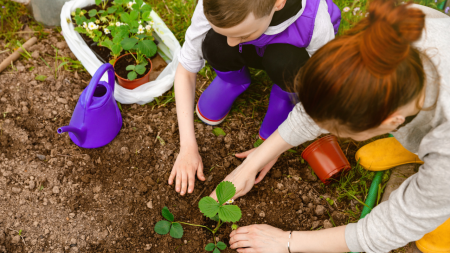In recent years, climate change and environmental conservation have become more than just buzzwords; they are global imperatives that demand immediate attention and concerted efforts. The consequences of unchecked climate change are already evident, and the urgency of protecting our planet has never been more apparent.
The critical aspects of climate change and environmental conservation while offering insights into how individuals, communities, and governments can make a positive impact. This blog post, written by an expert in content writing, aims to shed light on these pressing issues.
Understanding Climate Change
Climate change refers to long-term shifts in temperature, weather patterns, and ecosystems. The primary driver of contemporary climate change is the excessive emission of greenhouse gases (GHGs) like carbon dioxide (CO2) and methane (CH4) into the atmosphere. These emissions trap heat, leading to global warming and a range of adverse effects:
-
Rising Temperatures: Global average temperatures are on the rise, resulting in heatwaves, melting polar ice caps, and more extreme weather events.
-
Melting Glaciers: The melting of glaciers contributes to rising sea levels, which pose a significant threat to coastal communities.
-
Disruption of Ecosystems: Climate change disrupts ecosystems, threatening biodiversity and the balance of nature.
Environmental Conservation Efforts
Environmental conservation encompasses a wide array of actions aimed at preserving and protecting our natural environment. Here are some key strategies:
-
Renewable Energy: Transitioning to renewable energy sources like solar and wind power can reduce GHG emissions.
-
Reforestation: Planting trees and preserving forests helps absorb CO2 from the atmosphere.
-
Sustainable Agriculture: Promoting sustainable farming practices reduces the carbon footprint of food production.
-
Reducing Waste: Efficient waste management, recycling, and reducing single-use plastics are essential for conserving resources and reducing pollution.
Taking Action
Individuals, communities, and governments all have roles to play in addressing climate change and promoting environmental conservation:
-
Individual Actions: Reduce your carbon footprint by using public transport, conserving energy, and making eco-friendly consumer choices.
-
Community Initiatives: Join local conservation organizations, participate in cleanup efforts, and support sustainable community projects.
-
Government Policies: Advocate for policies that prioritize environmental protection, reduce GHG emissions, and promote sustainability.
Conclusion
Climate change and environmental conservation are intertwined challenges that demand immediate and sustained attention. As an expert in content writing, I implore you to stay informed, take action, and be part of the solution. The future of our planet depends on the choices we make today. By collectively embracing sustainable practices and advocating for change, we can work toward a healthier, more sustainable world for future generations.
For more in-depth information and resources on climate change and environmental conservation, stay tuned for future blog posts.









